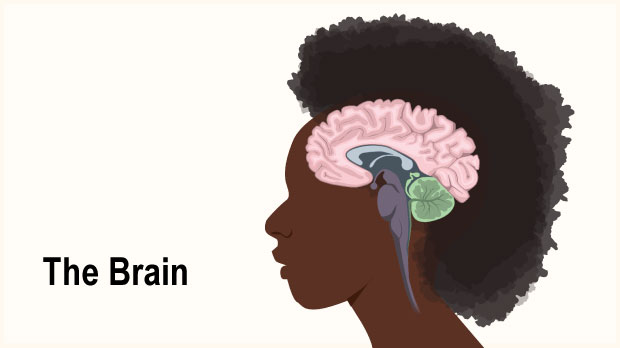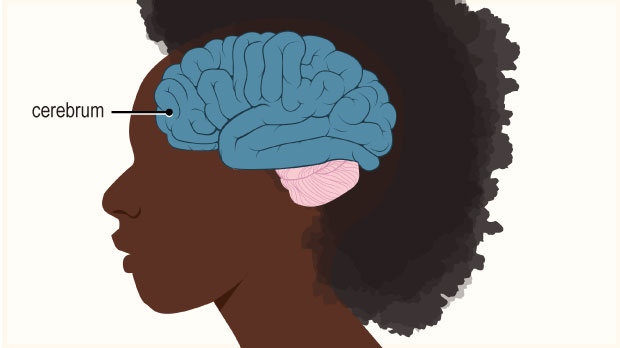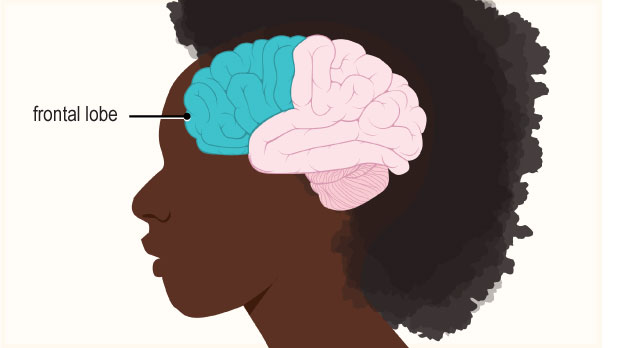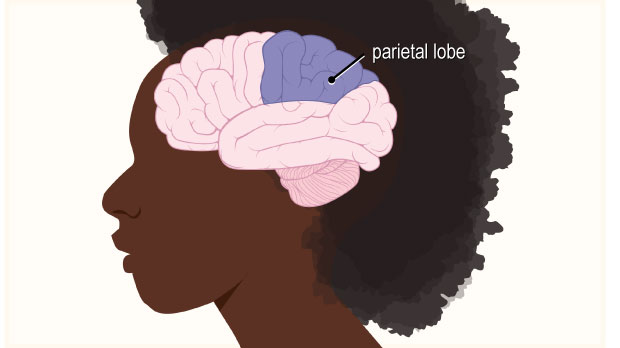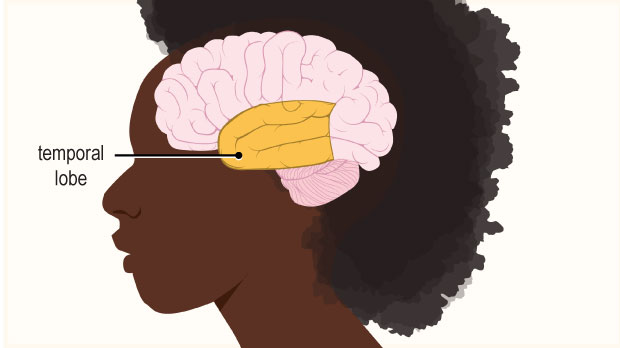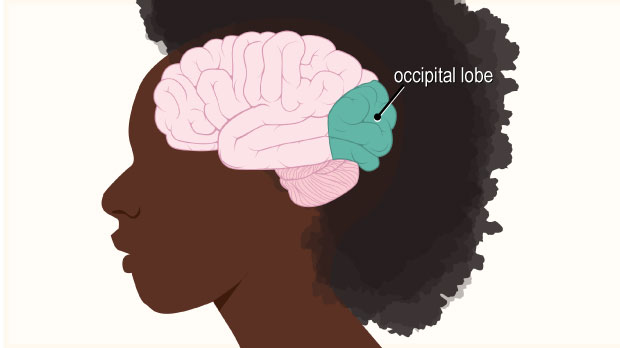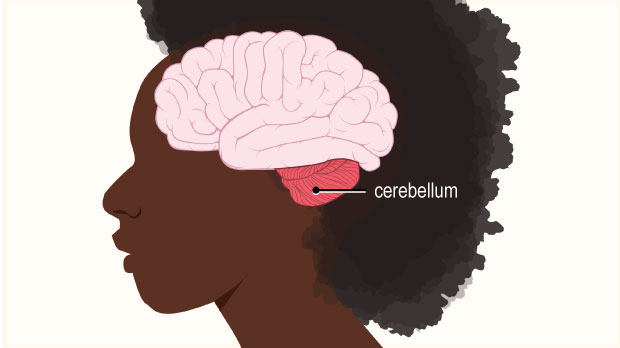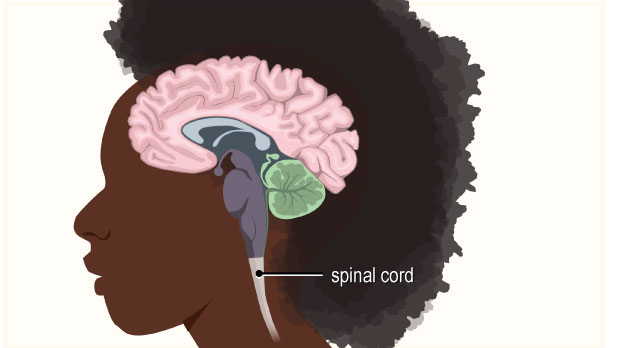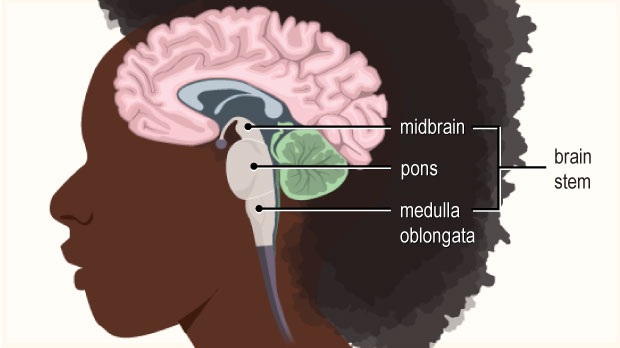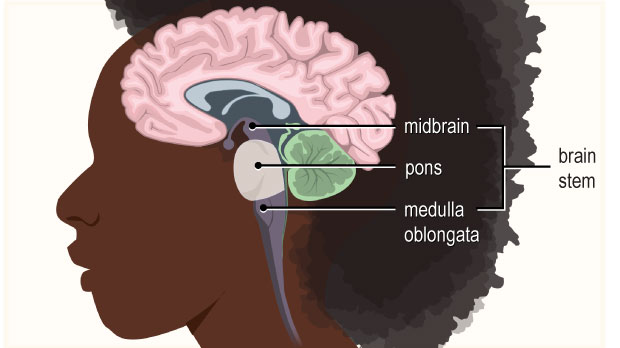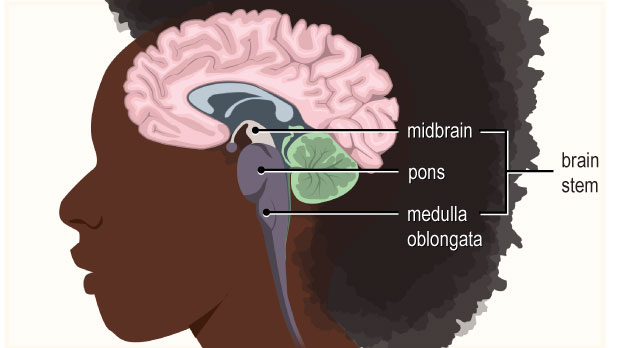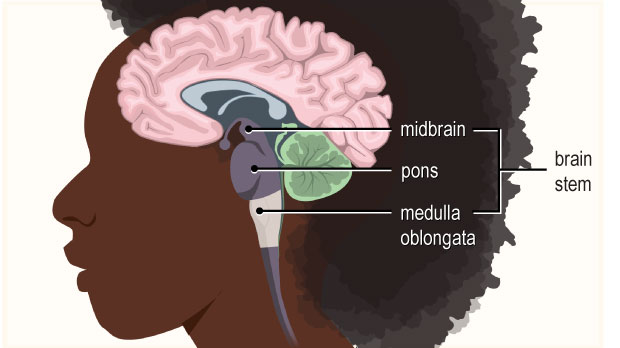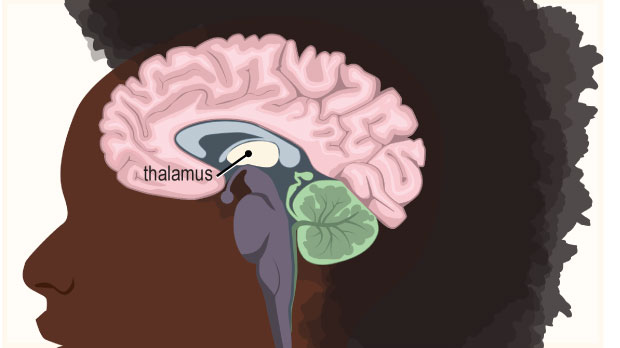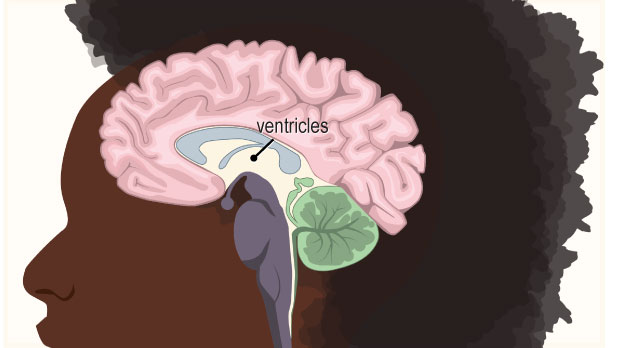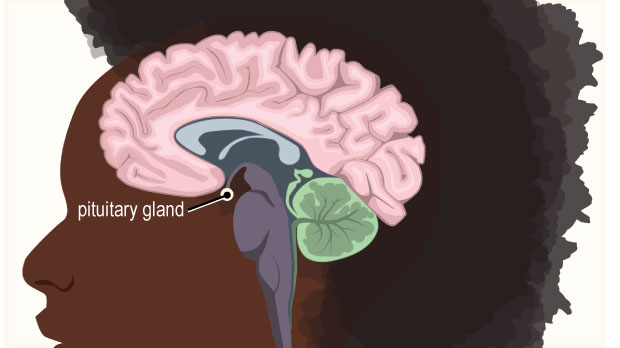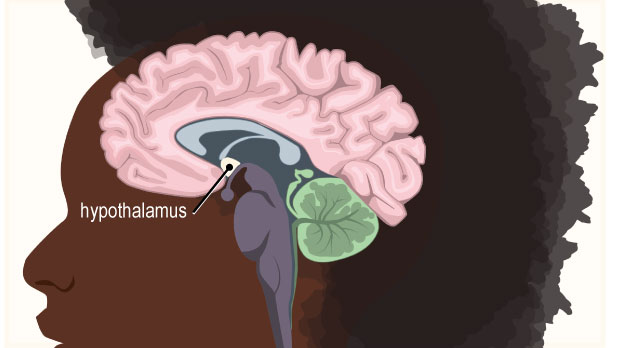The nervous system has two parts: the central nervous system and the peripheral nervous system.
What Is the Central Nervous System?
The central nervous system is made up of the brain and spinal cord:
- The brain controls how we think, learn, move, and feel.
- The spinal cord carries messages back and forth between the brain and the nerves that run throughout the body.
Both the brain and the spinal cord are protected by bone: the brain by the bones of the skull, and the spinal cord by vertebrae , a set of ring-shaped bones. They’re both cushioned by layers of membranes (called meninges) and cerebrospinal fluid. The fluid flows through hollow spaces in the brain called ventricles and around the spine in the spinal column. It protects the central nervous system, nourishes it, and takes away waste products.
What Does the Central Nervous System Do?
The brain is like a central computer that controls all the body’s functions. It is in charge of what we think and feel, how we learn and remember, and the way we move and talk. It also controls things we’re less aware of — like the beating of our hearts and the digestion of our food. The brain sends messages back and forth with the body. These messages travel through the spinal cord.
What Are the Parts of the Brain?
The brain is very complex and very compact. An adult’s brain weighs only about 3 pounds. It has many folds and grooves that store important information. The main parts of the brain are the cerebrum, the brainstem, and the cerebellum.
The Cerebrum
The cerebrum (seh-REE-brum) is the biggest part of the brain. A large part of the cerebrum is the cerebral cortex (also known as “gray matter”).
The cortex has four areas called lobes that work together to create a person’s personality and everything they know. Each lobe processes a different kind of information:
- The frontal lobe is involved in complex thinking, like planning, imagining, making decisions, and reasoning. It’s located behind the forehead.
- The parietal (peh-RYE-et-el) lobe processes information about touch, taste, and temperature. It’s behind the frontal lobe.
- The temporal lobe lets us understand sounds and language, recognize objects and faces, and create memories. It’s near the ears.
- The occipital (ok-SIP-it-el) lobe processes light and other visual information from the eyes, letting us know what we’re seeing. It’s in the rear part of the brain.
The cerebrum has two halves, called hemispheres. A band of nerve fibers (the corpus callosum) connects them in the middle, which lets them exchange information. The left hemisphere controls the movements of the right side of the body. The right hemisphere of the brain controls the movements of the left side of the body.
The Brainstem
The brainstem connects the brain and the spinal cord. It is made up of the pons, the medulla (meh-DULL-uh), and the midbrain. These parts work together to control and coordinate the messages going in and out of the brain. The brainstem also controls many body functions that we often don’t think about — like breathing, heart rate, blood pressure, swallowing, and digestion.
The Cerebellum
Behind the cerebrum is the cerebellum (sair-uh-BELL-um). The cerebellum — also called the “little brain” because it looks like a small version of the cerebrum — is responsible for balance, movement, and coordination.
Other Structures in the Brain
Many other smaller parts of the brain do important jobs, including:
- The thalamus, which receives messages about the senses, like vision, hearing, and touch coming from the eyes, ears, and fingers.
- The hypothalamus, which controls the pulse, thirst, appetite, sleep patterns, and other processes that happen automatically.
- The pituitary gland, which makes hormones that control growth, metabolism, water and mineral balance, sexual maturity, and response to stress.
What Are the Parts of the Spinal Cord?
The spinal cord is a long bundle of nerve tissue. In an adult, it’s about 18 inches long and 1/2-inch thick. It extends from the lower part of the brainstem down the back.
The spinal cord has three sections that run the length of the spine. Each section’s name describes the part of the spine it passes through: cervical (SER-vih-kul), thoracic (theh-RAH-sik), and lumbar-sacral (LUM-ber SAK-rul). They send off smaller nerves to parts of the body nearby:
- The cervical spinal cord sends nerves to the face and neck.
- The thoracic spinal cord sends nerves to the arms, chest, and abdomen.
- The lumbar-sacral spinal cord sends nerves to the lower body.
A bunch of nerves — called cauda equina because they look like a horse’s tail — is at the bottom of the spinal cord.
